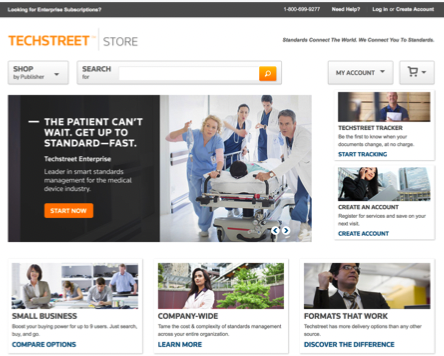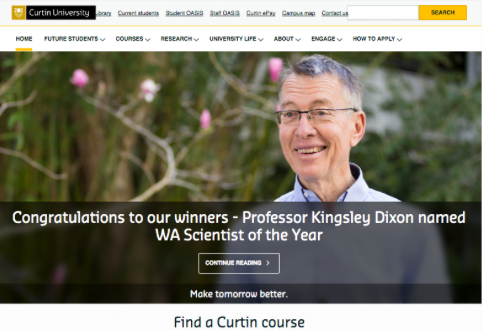Situation
When LifeCo, a large, digitally savvy non-profit, wanted to update their digital footprint, they faced several challenges. LifeCo served millions of members with a collection of sites that had grown unwieldy over the years. The primary site dated to the early days of the web and had grown chaotically. Structures reflected an internal organizational focus instead of a user-centered focus. As new needs arose, new sites were created, further complicating navigation and findability.
LifeCo asked TUG to structure a new digital footprint that integrated many different sites into a coherent digital place, making it easy for members and non-members to find what they need.
Approach
To help LifeCo envision a new structure for the digital world, TUG employed our proven process, moving from a Program establishing what a good future looked like, to analyzing their current world, and then synthesizing a new structure for their future digital footprint.
TUG’s PASS Process: Program, Analysis, Synthesis, and Sustain
Program
To learn about LifeCo, we interviewed over twenty executive and operational leaders from across the organization and worked with LifeCo’s internal team to create a high-level map of the current digital footprint. The map helped provide a common language and reference point for discussing the current digital landscape.
During the interviews, we listened carefully for future desires and perspectives on what “good” looked like. We collected these expressions of “good” and contrasted them across all interviews to find areas where a tradeoff must be balanced. Places where we don’t want to force a “this or that” decision, but rather allow for “this YET that” solutions.
To balance these tradeoffs, we put the competing aims on either end of a continuum and facilitated an In/Tension Modeling Workshop with 30+ leaders. This helped establish a baseline where LifeCo balanced things today and enabled a productive and aligned discussion about where they want to be as a result of the redesign.
An In/Tension model
Analysis
Common user models like personas and journey maps are too granular when working at the scale of a digital footprint. To support large-scale restructuring, it is helpful to look at the whole from the perspective of all the jobs to be done and how people “hire” the site to accomplish something.
An Analysis workshop and Deliverable
To that end, we worked with the LifeCo team to identify a core sample of ~750 representative pages from their current digital footprint. We analyzed each page and created a catalog of all the tasks served by the sample.
Together with the LifeCo team, we clustered the tasks into five Archetypes that represented the primary ways people used the site—I need help, I need to do my job, I want to explore, etc.
Synthesis
Taking into account the inputs from the In/Tension Models and Archetypes we developed new structural models for how the various sites could come together into a coherent whole. Workshopping with the LifeCo team, we established the final In/Tension model, and then a sitemap, that formed the basis of a mobile prototype.
The final In/Tension model, the sitemap, and a mobile prototype
We tested the structural model by asking research participants to select from a pool of common jobs and then use the prototype to complete those jobs.
Based on the results we updated the structure to address the weaknesses identified.
Epilogue
The overall success of the new structural prototype encouraged LifeCo to move forward with their contemplated changes. Aspects of the new structure have been A:B tested with continued success. Although it took years to fully implement, LifeCo has now successfully implemented the new architecture.
“I have to say that the work TUG did has provided a solid foundation that became more and more apparent as things moved along.”
The Understanding Group has assisted companies with information and digital footprint challenges since 2011. Let us help you; schedule a call today.







